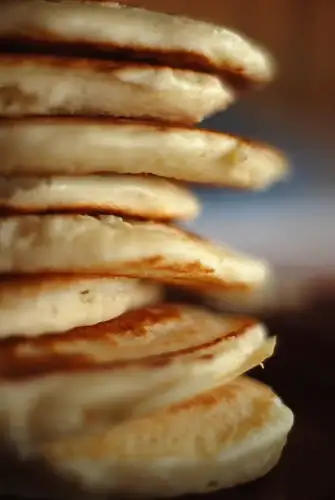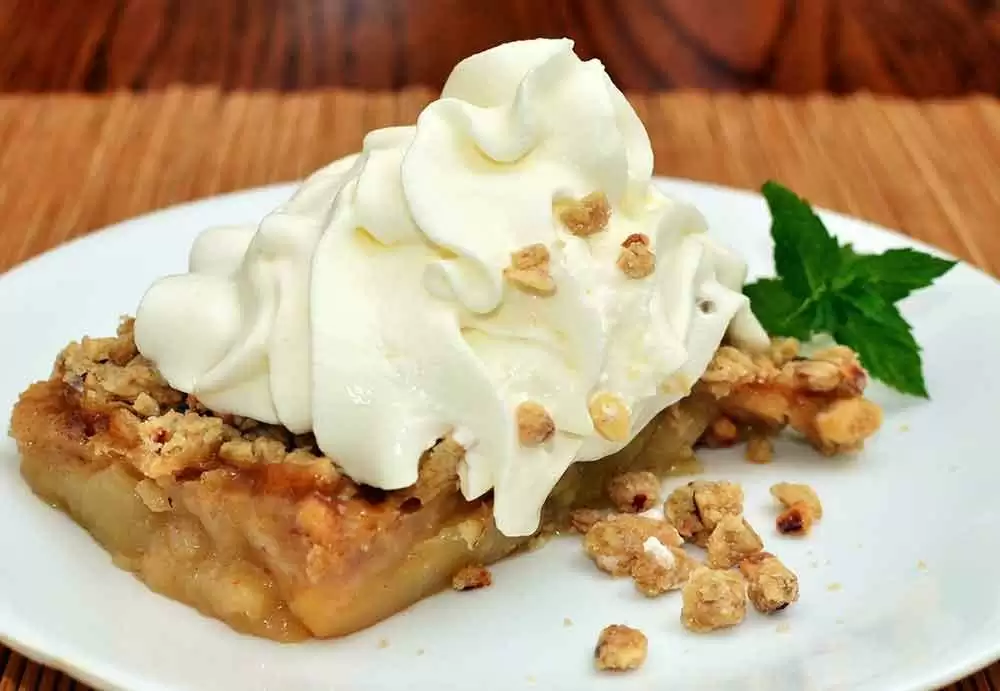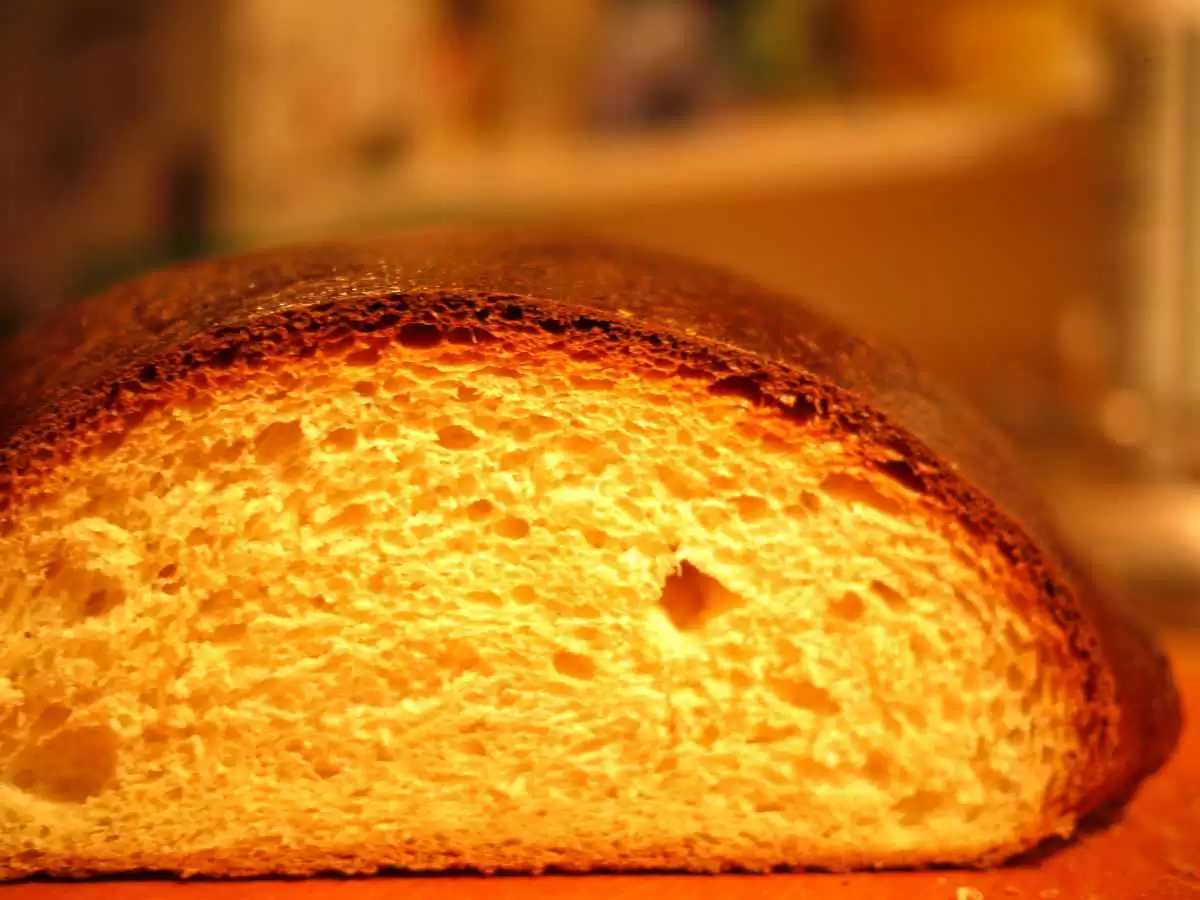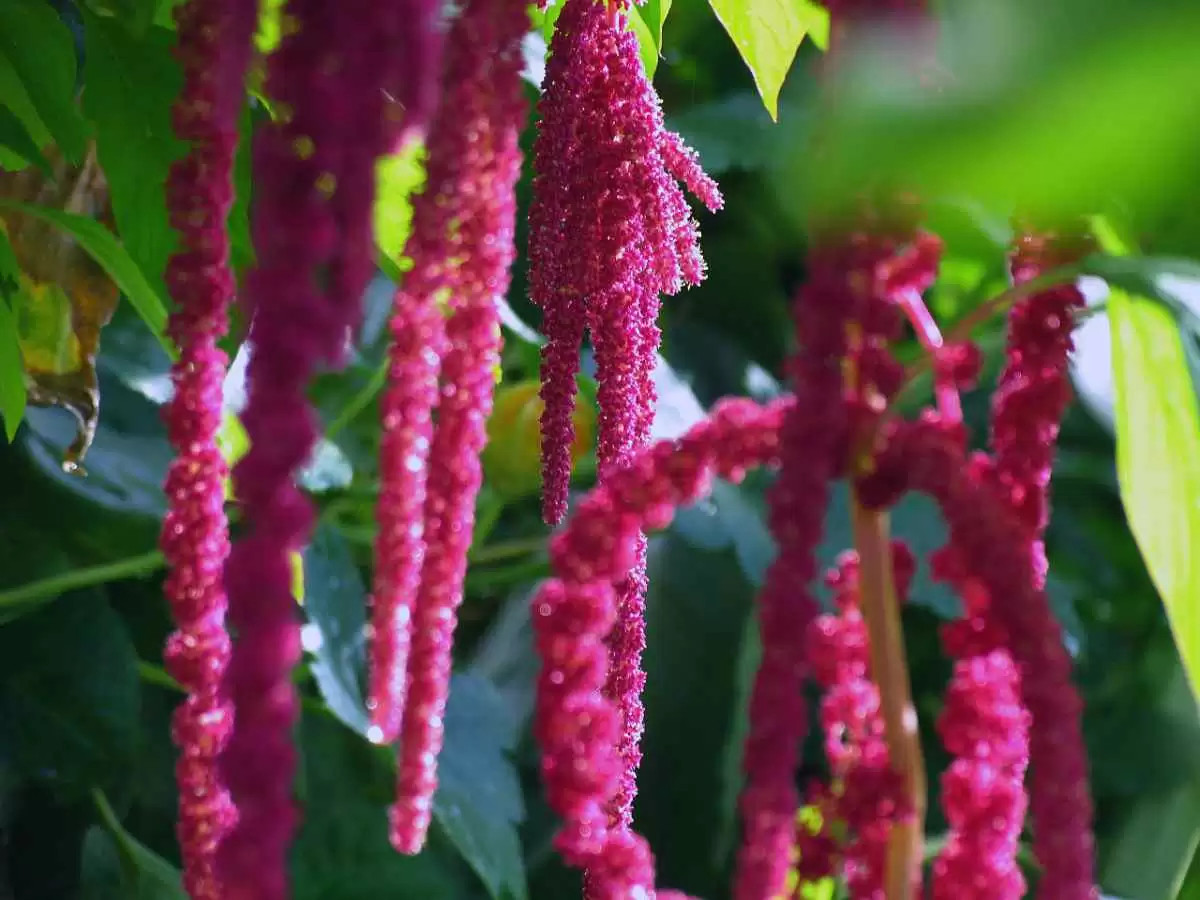Celiac.com 12/09/2024 - Gluten-free baking can be a rewarding challenge that opens up new textures and flavors in your favorite recipes. While gluten-free baking requires a bit more attention to detail, the payoff is delicious, satisfying treats that everyone can enjoy. Here, we’ll walk through the essential tips for successful gluten-free baking, from choosing the right ingredients to helpful techniques and delicious recipe ideas.
Understanding Gluten-Free Flour Blends
One of the biggest adjustments in gluten-free baking is replacing traditional wheat flour. Gluten is a protein that provides elasticity and structure in baked goods, so without it, we need alternative flours that mimic these properties.
Celiac.com Sponsor (A12):
Most gluten-free bakers find success with a combination of flours. Common gluten-free flour options include:
- Rice Flour: Light and mild, rice flour is a staple in many gluten-free blends.
- Almond Flour: Adds moisture, richness, and a subtle nutty flavor.
- Tapioca and Potato Starches: Provide stretch and tenderness, making them ideal for soft, chewy baked goods.
- Sorghum and Millet Flours: These whole grain flours add flavor, fiber, and nutrients to gluten-free recipes.
For most recipes, a pre-made gluten-free flour blend (available at most grocery stores) can simplify the process, as these blends are balanced to provide texture and stability similar to wheat flour. However, if you’d like to create your own blend, start with a 60-40 ratio of whole grain flours to starches.
Using Binders: Xanthan Gum, Guar Gum, and Psyllium Husk
Since gluten acts as a binder, giving doughs and batters elasticity, gluten-free baking often requires additional binding agents to hold ingredients together. Xanthan gum and guar gum are two common options. Generally, use ¼ teaspoon per cup of flour in cakes, muffins, and cookies, and ½ teaspoon per cup of flour in breads and pizza doughs.
For a more natural approach, psyllium husk is an excellent alternative that also adds fiber. Mix 1 tablespoon of psyllium husk with 3 tablespoons of water to replace each teaspoon of xanthan gum or guar gum.
Mastering Gluten-Free Texture with Proper Hydration
Gluten-free flours absorb more liquid than wheat flour, so gluten-free batters often need more hydration. This adjustment can be as simple as adding an extra egg or a bit more liquid (milk, water, or oil). Letting the batter rest for 10-15 minutes before baking allows the flours to absorb the liquid fully, resulting in a smoother texture.
For cakes and muffins, increase the liquid by 10-20%, as this will help maintain moisture and prevent dryness. In bread recipes, adding a small amount of oil or applesauce can improve both texture and shelf-life.
Key Techniques for Fluffy Gluten-Free Breads
Baking gluten-free bread requires some specific techniques to avoid dense, crumbly loaves:
- Use Carbonation: Adding a carbonated liquid, like sparkling water or even club soda, can introduce air bubbles and help the dough rise.
- Experiment with Eggs: Eggs add structure and lift to gluten-free bread recipes, so try adding an extra egg to help the bread rise and hold its shape.
- Adjust Rising Times: Gluten-free doughs often require shorter rise times. Once the dough has doubled in size, it’s ready to bake—over-proofing can lead to sinking during baking.
One of the best gluten-free bread recipes combines sorghum flour, potato starch, and a small amount of psyllium husk for structure. After combining the ingredients, let the dough rise until doubled, then bake at a lower temperature (around 350°F) for a softer crust and even bake.
Common Gluten-Free Baking Mistakes (and How to Avoid Them)
- Too Dense: Gluten-free baked goods can easily become dense without proper hydration. Ensure you’re adding enough liquid and consider incorporating an extra egg for structure.
- Gritty Texture: Some gluten-free flours, particularly rice flour, can create a gritty feel. Letting the batter rest for a few minutes before baking helps the flours hydrate and smooth out.
- Flat Baked Goods: For fluffy cakes and muffins, use a combination of flours (like almond and sorghum) to add lightness and structure, and avoid over-mixing the batter.
Delicious Gluten-Free Recipe Ideas to Try
1. Fluffy Gluten-Free Pancakes
Ingredients:
- 1 cup gluten-free all-purpose flour blend
- 1 tablespoon sugar
- 1 teaspoon baking powder
- ½ teaspoon baking soda
- ¼ teaspoon salt
- 1 cup buttermilk
- 1 egg
- 2 tablespoons melted butter
Instructions:
In a mixing bowl, combine the flour blend, sugar, baking powder, baking soda, and salt.
In a separate bowl, whisk together the buttermilk, egg, and melted butter.
Add the wet ingredients to the dry ingredients, stirring just until combined. Let the batter rest for 5 minutes.
Pour batter onto a hot griddle and cook until bubbles form on the surface, then flip and cook until golden brown.
2. Moist Gluten-Free Banana Bread
Ingredients:
- 1 ½ cups almond flour
- ½ cup coconut flour
- 1 teaspoon baking soda
- ¼ teaspoon salt
- 3 ripe bananas, mashed
- 3 eggs
- ¼ cup maple syrup
- 1 teaspoon vanilla extract
Instructions:
Preheat your oven to 350°F and grease a loaf pan.
In a bowl, mix almond flour, coconut flour, baking soda, and salt.
In a separate bowl, combine bananas, eggs, maple syrup, and vanilla extract. Add the dry ingredients to the wet, stirring until just combined.
Pour the batter into the loaf pan and bake for 50-60 minutes, or until a toothpick comes out clean.
3. Crispy Gluten-Free Pizza Crust
Ingredients:
- 1 cup gluten-free all-purpose flour blend
- ¼ cup tapioca starch
- ¼ cup almond flour
- 1 teaspoon baking powder
- ½ teaspoon salt
- 3/4 cup warm water
- 1 tablespoon olive oil
Instructions:
Preheat your oven to 425°F and line a baking sheet with parchment paper.
In a mixing bowl, combine the flours, baking powder, and salt.
Add the water and olive oil, mixing until a dough forms. Let it rest for 10 minutes.
Roll out the dough to your desired thickness and pre-bake for 5 minutes. Add your toppings and bake for an additional 10-12 minutes, or until the edges are crispy.
Experiment and Have Fun!
Gluten-free baking may seem intimidating at first, but with the right ingredients, techniques, and a willingness to experiment, it can be incredibly rewarding. Try incorporating some of these tips and recipes into your gluten-free journey, and enjoy the satisfaction of baking treats that everyone can enjoy. With a bit of practice, you’ll be well on your way to mastering the art of gluten-free baking!














Recommended Comments
There are no comments to display.
Create an account or sign in to comment
You need to be a member in order to leave a comment
Create an account
Sign up for a new account in our community. It's easy!
Register a new accountSign in
Already have an account? Sign in here.
Sign In Now